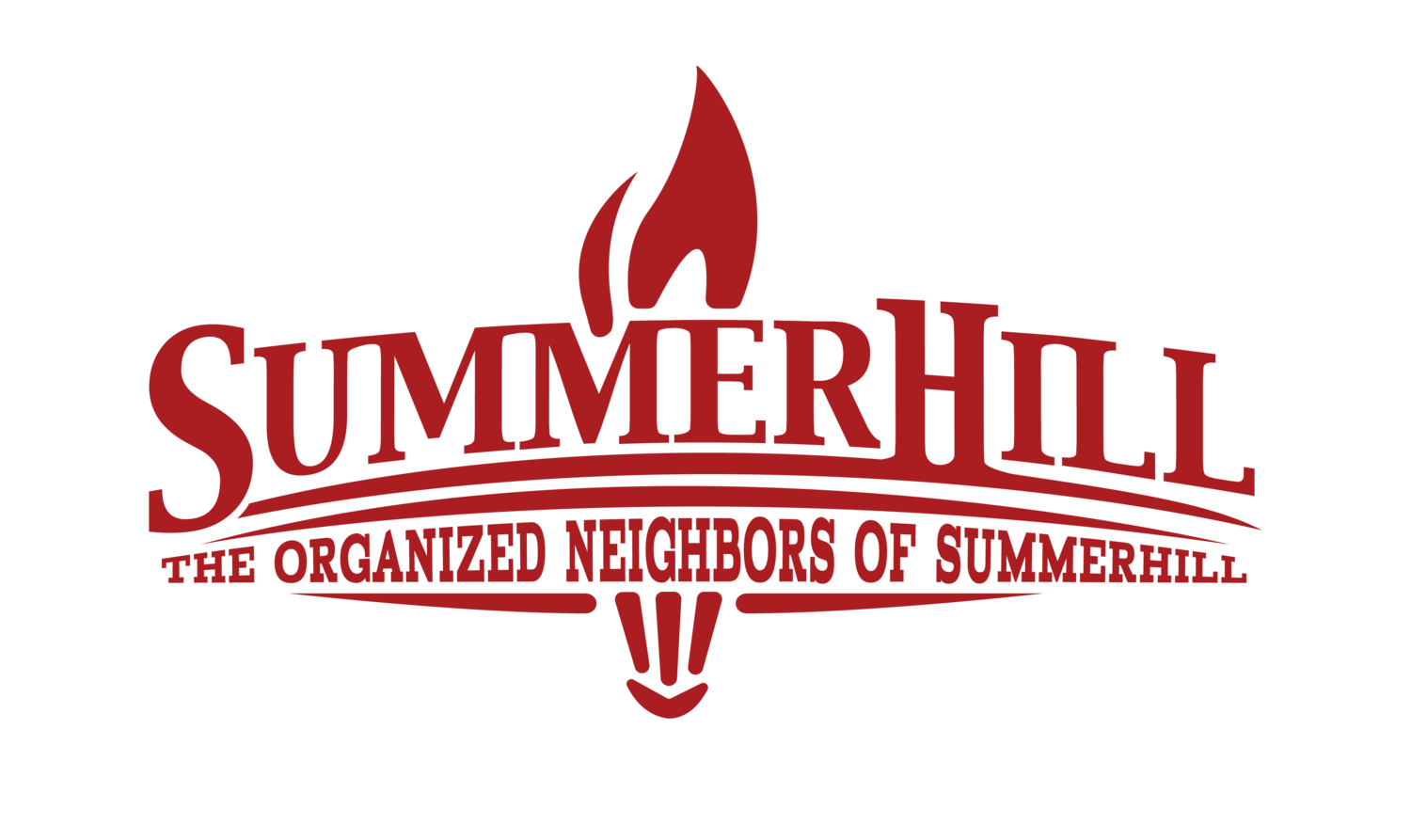Welcome Neighbor.
The Organized Neighbors of Summerhill is a community of volunteers dedicated to making Summerhill one of the best neighborhoods in Atlanta.
As a member of Atlanta’s Neighborhood Planning Unit System, we are the voice of Summerhill residents to NPU-V and the city of Atlanta on public issues concerning the Summerhill Neighborhood.
Our Mission
The function and purpose of ONS is to unite the people of the Summerhill Neighborhood into an organization concerned with the common issues of the area, to provide a means for discussions and solutions of such issues and to maintain and enhance the quality of life of our community
Summerhill
Summerhill began as Atlanta’s first African-American real estate development soon after the Civil War, when attorney William Jennings subdivided the property and it was settled by freed slaves. During the early 1900s, the neighborhood was home to a diverse group of residents, including African Americans, Jews, and Greeks. Over the years, many influential people have called Summerhill home, including developer Herman Russell, boxer Evander Holyfield, and singer Gladys Knight. The neighborhood continued to thrive and grow through the first half of the 1900s and, in the mid-1950s more than 20,000 residents, primarily African-American and Jewish, lived there.
During the 1950s and 1960s, as many of Summerhill’s more affluent residents began to move to the developing northern sections of the city and to the western neighborhoods around the historically black colleges and universities, the neighborhood began to decline. The construction of Interstate 20 and the Atlanta Fulton County Stadium led to the demolition of numerous housing units and the exodus of many residents and neighborhood businesses.
The area where the stadium was built, called Washington-Rawson, had once been home to wealthy families living in ornate homes. City leaders viewed the area as a “buffer zone” between Summerhill, where many African-Americans lived, and the commercial business district downtown. While African-American leaders pushed for much-needed housing for black residents to be constructed there, white business leaders were nervous about having blacks living so close to downtown. Building the stadium became a way to compromise and for then-Mayor Ivan Allen to fulfill a campaign promise to build a stadium to attract a major league baseball team.
Source: www.aecf.org
